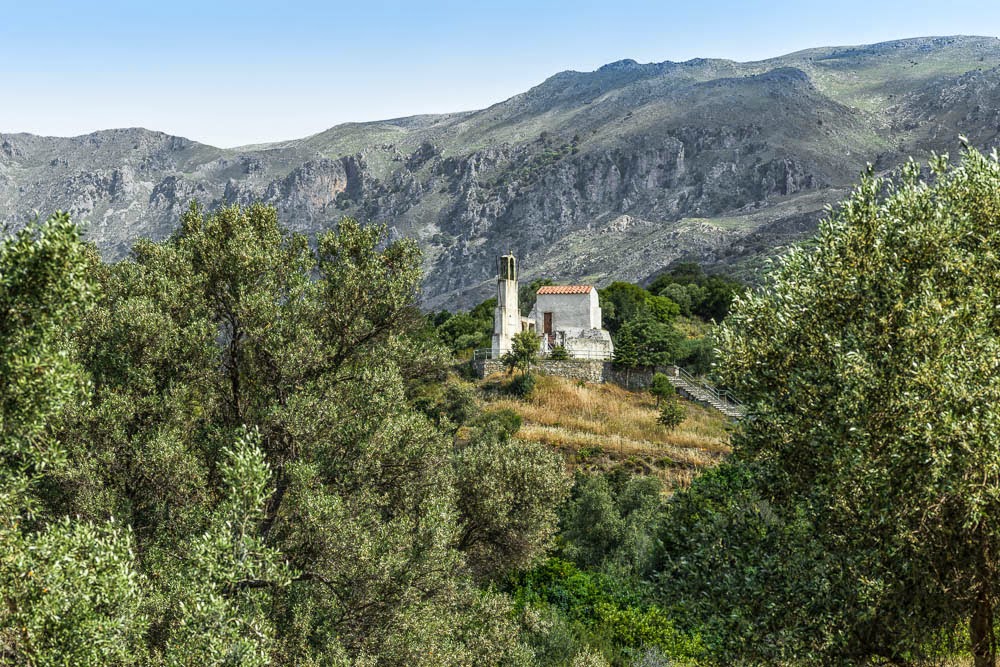Introduction:
The Baining people are among the earliest and original inhabitants of the Gazelle Peninsula of East New Britain, Papua New Guinea. They get their name from the Baining Mountains which they inhabit. Their incredible mask's are laboriously made from bark, cloth, bamboo and leaves, used just once for the firedance ceremony before being thrown away or destroyed. The purpose of these firedance ceremonies was to celebrate the birth of new children; the commencement of harvests and also as a way of remembering the dead. The Baining firedance is also a rite of passage. Paricipation in the fire dance is a men-only event.FIRE - Walk with me!
It's well after dark when we arrive at the Baining village somewhere in the mountains near Rebaul in East New Britain and the milky way is resplendent above us, there are no lights except a few torches in the hands of the village attendants.We sit a little bemused but expectant on a viewing bench next to the village musicians, as piles of firewood are heaped into a huge bonfire and set alight - we know little of what is about to happen - just that the Baining men are famous for their fire dance in masks that resemble a Daffy Duck - on acid, with huge painted, startled eyes.
 |
| The Shamanic figure appears from the darkness to lead out the spirits of the night. |
As the fire is stoked higher and hotter by the village attendants, a shamanic figure appears at the edge of the fire sporting an extremely long feather in his conical hat-mask. His purpose is to summon the spirits of the night and to entreat them to commune with the dancers - we are in no way prepared for what is about to happen...
 |
| Already in a semi trance like state the spirits are led into the fire circle. |
One by one the fire dancers appear on the edge of the clearing. One by one they are led into the light of the flames as if to introduce themselves to the dark, the fire, the shaman and the spirits of the forest.
 |
| Dancing around the fire in preparation for the test of fire. |
When all are assembled and to the accompaniment of ritual music, chanting and the beating of drums they start to dance around the bonfire in ever more frenzied circles. All the time village attendants heap more and more wood onto the fire until it is blazing, illuminating the whole clearing in vivid reds and yellows. Even from our possition on the edge of the clearing the heat is intense.
The ever more frenzied fire dancers run to the edges of the fire in a kind of dream-like challenge, kicking at the edges of the bonfire as if testing the heat, defying the flames to burn them. As the music reaches fever pitch something seams to clicks within the dancers. They are as one with the night. They are exalted in the mystery of the ritual and the spirits of the night have joined with their mortal flesh, now with their power at it's zenith, they take it in turns jumping into the heart of the fire, casting white hot sparks all around. With nothing to protect them but the magic of the ritual they continue to stamp on and decimate the fire for what seems like an age, until it is nothing but scattered embers and night reclaims the clearing.
 |
| As the dancers are consumed by the ritual the fire is entered and destroyed by the dancers. |
Some considerable time has passed. It's hard to say how long. We have been transported to a different place, to an earlier time, perhaps a dream time. For us it is time to depart, our minds full of questions, we try to assimilate, to process somehow the spectacle that we have just witnessed. We are amazed. You cannot help but be aware of the gulf between cultures in time, place and technology, we have gained much compared to the Baining men but one cannot also help feeling that we have also lost, something...
With thanks to Food and Travel Magazine for the commission to PNG. Thanks to Judy Feller and Cecily Barton from PNG Tourism for arranging the trip and many thanks to the Baining tribe for sharing their world.



































-5049.jpg)

-4992.jpg)

-5046.jpg)
-6532.jpg)








